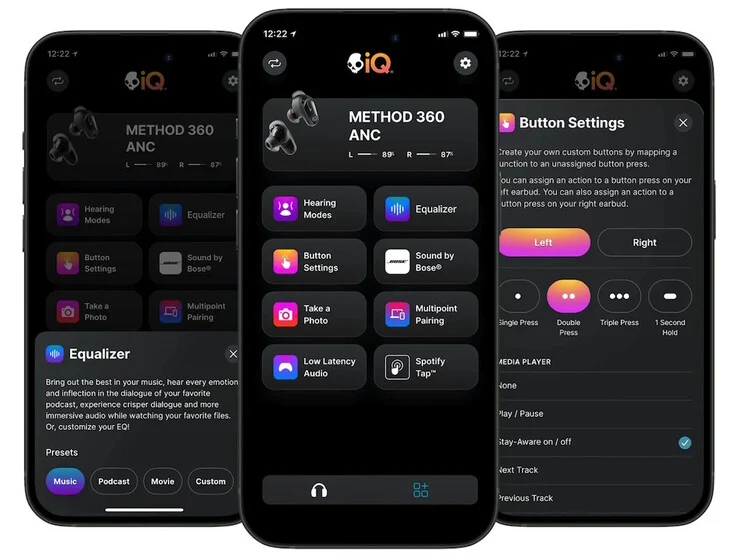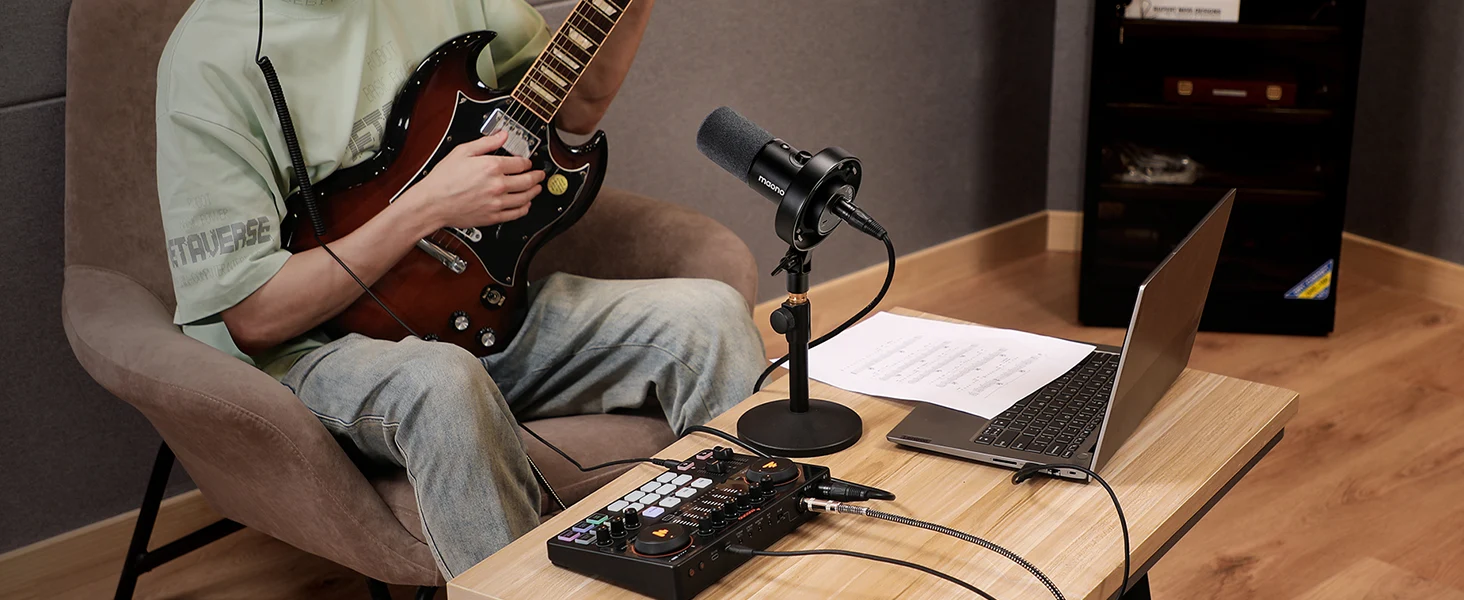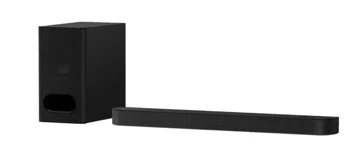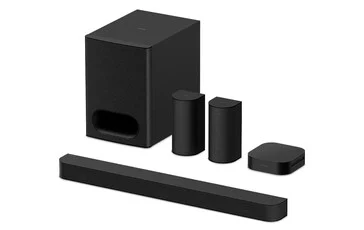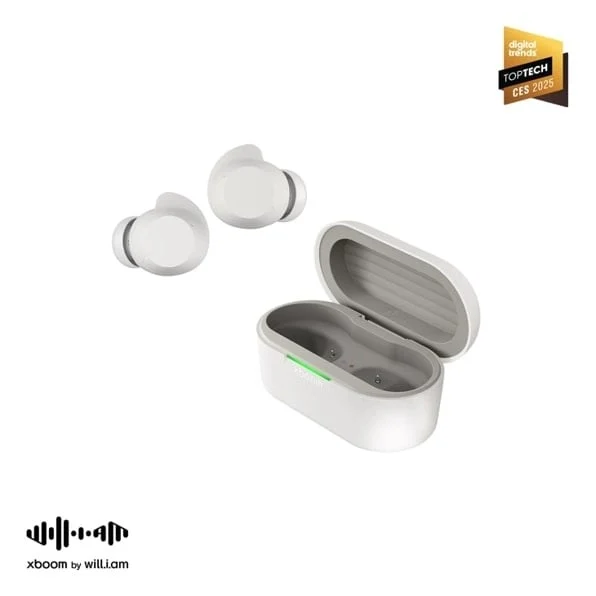Key Takeaways
1. Motorola is likely to unveil open-ear earbuds and a new smartwatch soon, based on leaked images by Evan Blass.
2. The earbuds, in white gold, may feature a clip-on design and a charging case similar to Apple’s AirPods, with a collaboration with Bose.
3. The smartwatch has a square dial and a nylon strap, and includes fitness features like a heart rate sensor and pedometer.
4. There are currently no technical specifications, pricing, or release dates available for either product.
5. The earbuds will be produced by Motorola Mobility LLC, while the smartwatch is likely to be made by CE Brands Inc.
Motorola might be ready to unveil its first set of open-ear earbuds along with a new smartwatch, as per some leaked lifestyle images shared on X by Evan Blass. These images give a clear view of both gadgets, though they don’t contain any technical details.
Earbuds Design and Features
The earbuds haven’t been named yet, but the images indicate that Motorola has teamed up with Bose again, similar to their collaboration on the Moto Buds+ (currently listed on Amazon for $102.72). The open-ear model will come in a white gold color scheme and will feature a charging case that resembles Apple’s AirPods.
They also sport a clip-on design akin to the Amazfit Up and appear to have embossed crystals. At this moment, there are no technical specifics available for the Motorola open-ear earbuds, nor any information on their price or when they will be available. However, it seems likely they will be released soon.
Smartwatch Specs and Features
In contrast, the smartwatch sports a square dial similar to the Moto Watch 70 but has a distinct frame design. There’s a single button on the side, and it features a nylon strap. From the information displayed on the smartwatch, it looks like it will include a heart rate sensor, calorie counter, and a pedometer—features commonly found in most fitness trackers and smartwatches.
Sadly, like the earbuds, there’s a lack of details regarding its specifications, pricing, and release date. However, it’s likely that, similar to other recent Motorola smartwatches like the Moto Watch 70 and Moto Watch 120, this one will also be produced by CE Brands Inc., which holds a license from Motorola. The earbuds, on the other hand, are expected to be made by Motorola Mobility LLC, a subsidiary of Lenovo.
Source:
Link













